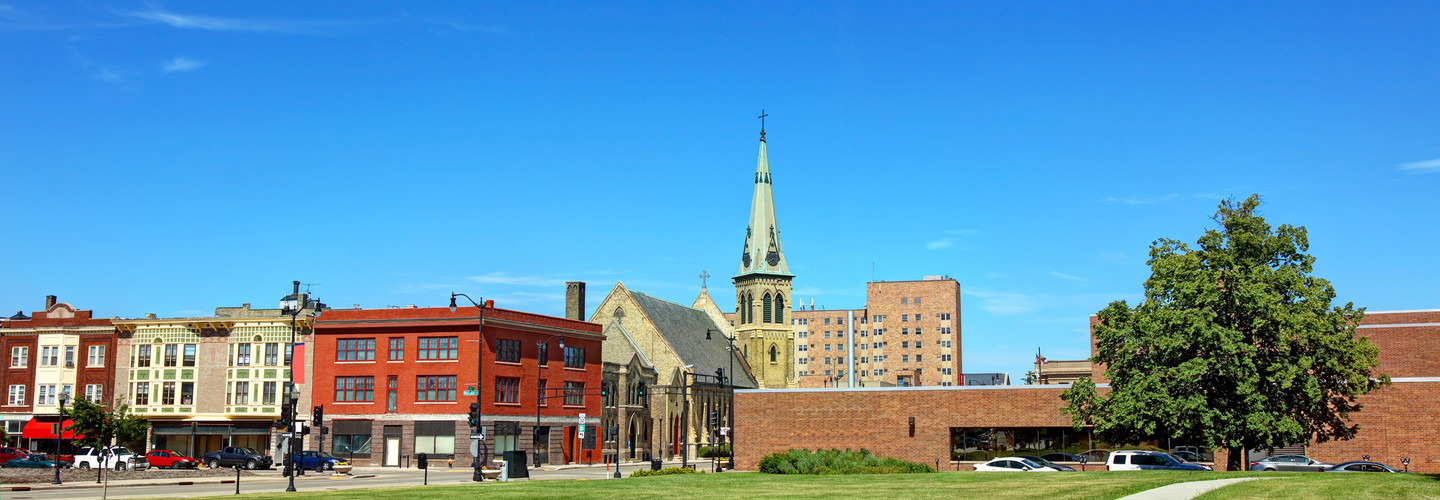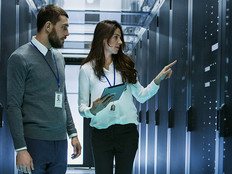Smart Cities Council Winners Ready for the Future
The winners of the 2019 Smart Cities Council Readiness Challenge have some traits in common: They are all looking to leverage 5G, widespread use of Wi-Fi and artificial intelligence to modernize their cities and add efficiencies to city operations.
Take Racine, Wis., an old-guard industrial city with just under 80,000 people that’s roughly 20 miles south of Milwaukee. Mayor Cory Mason says the city has been striving to turn an old manufacturing city into a 21st-century city that prepares its population for today’s jobs.
Mason says that will include embracing 5G communications, utilizing the city’s infrastructure of miles of dark fiber and thousands of streetlight poles to pave the way for intelligent transportation systems and autonomous vehicles, and allowing tech startup companies to innovate in the city’s historic downtown.
Education Programs Focus on Tech Deployment and Operation
While much of Racine’s initial focus on smart city technology came as a result of Foxconn locating in Racine County and promising some 13,000 jobs in the area (something that may not come to pass), the city has fully embraced smart city innovations and formed partnerships from both the public and private sectors.
For example, the city has been working with the University of Wisconsin-Parkside to develop a smart cities master’s program in which students will receive training in data collection, intelligent transportation systems, deploying 5G networks and working with artificial intelligence. They are also working with the Racine campus of Gateway Technical College to develop courses where students would learn how to configure modern light poles, lay down fiber and perform maintenance on the city’s technology infrastructure.
“We want to create a climate where our young people are trained properly and choose to stay here to build up and take part in the community,” Mason says. “It’s one thing to say we are going to become a modern smart city, but we have to provide the training.”
Strategic Partnerships and Plans Pave the Way for Innovation
Montgomery, Ala., received high marks from the Smart Cities Council for its partnerships with local federal agencies, businesses and utilities, says Savio Dias, IT manager for the city. This past year, Montgomery partnered with Maxwell Air Force Base, the Montgomery Area Chamber of Commerce and Alabama Power to create a smart city “living lab” in the downtown district.
Using fiber-optic infrastructure, the city plans to expand the range of free public Wi-Fi offered in critical areas around town, Dias says. It also plans to convert more than 22,000 traditional streetlights to energy-saving LEDs on “smart poles” that can interface with parking apps, as well as develop a public safety initiative between city, state and federal surveillance systems.
Montgomery launched its smart city initiative in January 2017 with its OpenData portal, which includes the city’s smart city strategic plan. And more recently, Montgomery successfully partnered with several innovators of advanced technology such as RoadBotics to reduce costs, minimize processing times and deploy AI to improve accuracy in planning and reporting.
MORE FROM STATETECH: Discover how Montgomery has laid the foundation for smart city projects.
Data Collection Positions City to Be Proactive Instead of Reactive
RoadBotics surveyed 200 miles of Montgomery’s 1,100-mile road network. The company combines AI with smartphones to scan the roadways and generate timely and objective reports that help the city’s engineering team make proactive, data-driven decisions in the upkeep and maintenance of the city’s roads. By using these AI techniques, Dias says the city streamlined the inspection process to 30 days — a substantial time reduction from the six to eight months it used to take, doing it manually.
“Incorporating AI technology enables Montgomery to scan and generate a concise picture of the entire 1,100-mile road network more often,” Dias says. “Collecting more accurate and up-to-date data also lets us switch from being reactive to being more proactive regarding budgeting for and planning preventative maintenance on our roadways.”
Montgomery has been on the smart city path for several years, Dias says. In 2015, the city launched an intranet site so city personnel could have a secure and accessible way to conduct inter-departmental communications. Not long after, the city reduced paper waste by using a SharePoint program to digitalize forms and create team sites for each department to use for day-to-day tasks and updates.
“All of this was done in-house,” Dias says. “We prefer to tap the right people to employ their specialized knowledge to do things in-house whenever possible, but in instances when it’s not our smart city strategic plan, it involves partnering with outside vendors or third-party software to update our systems.”









